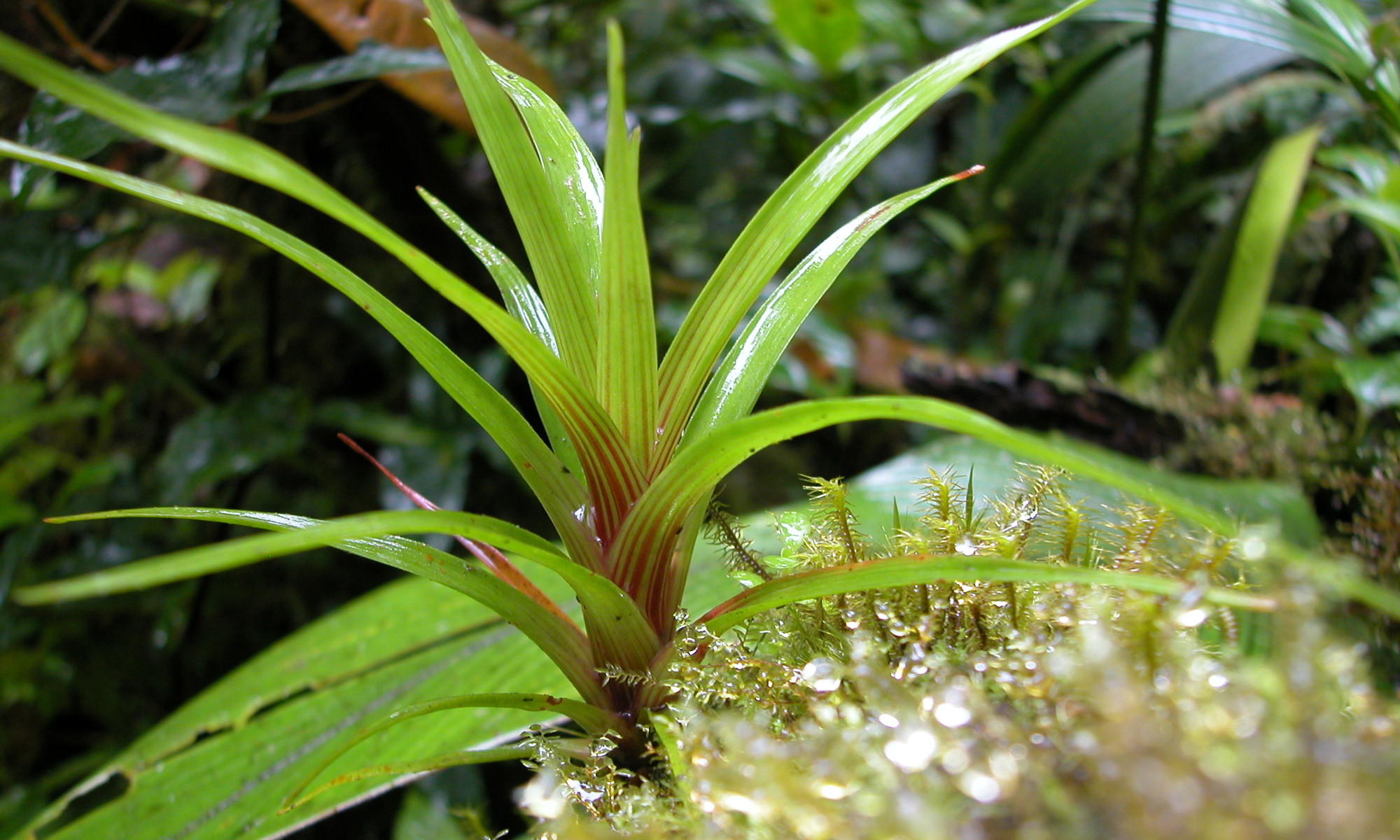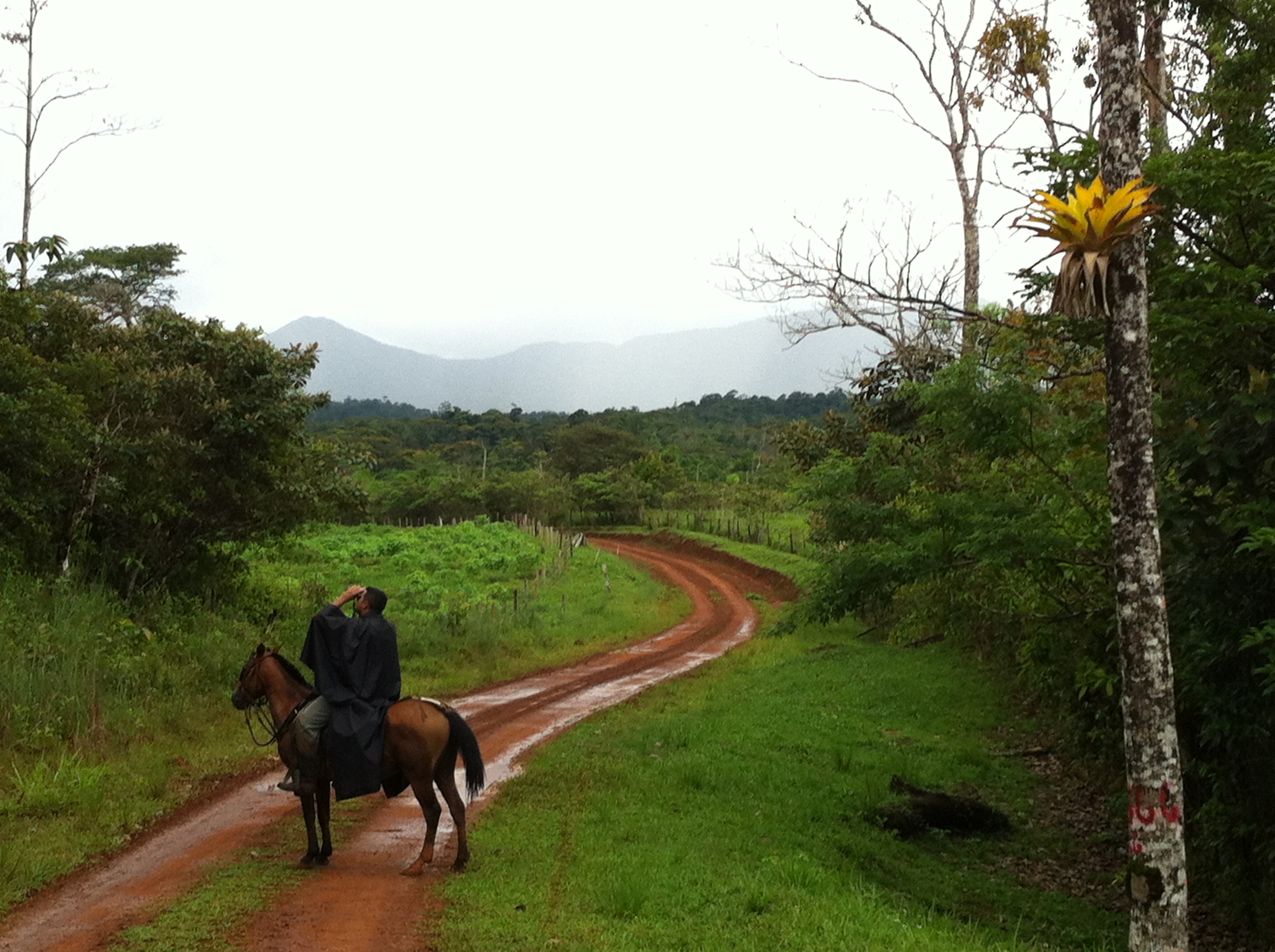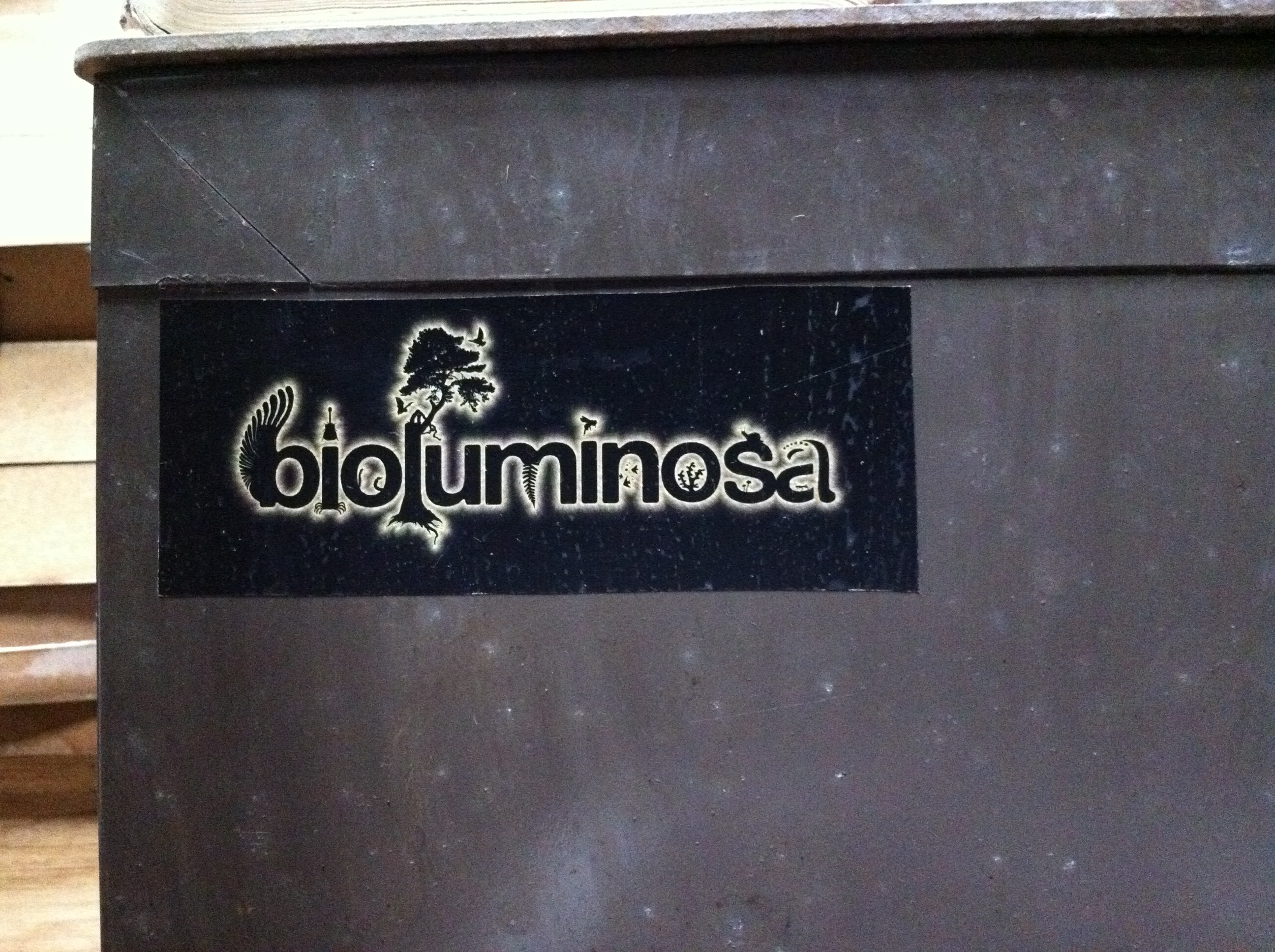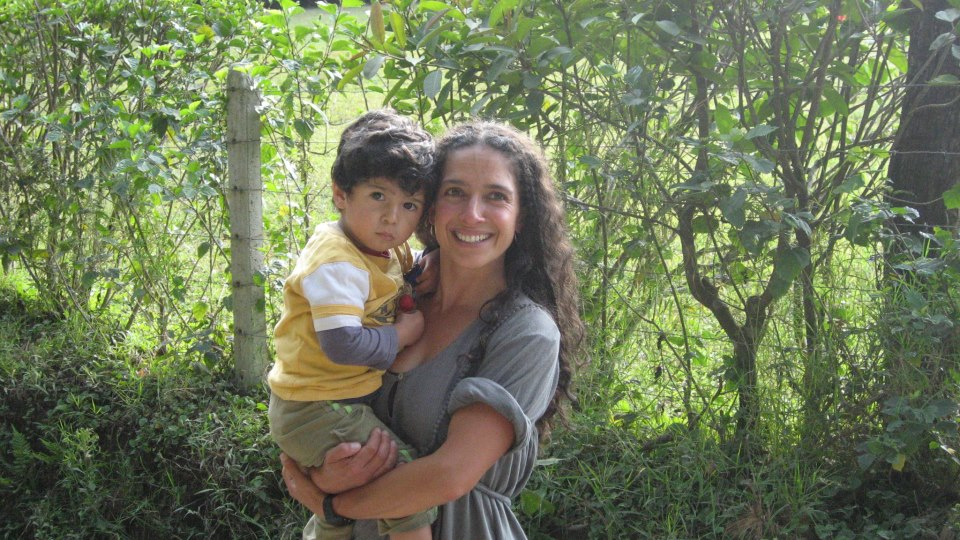My trip to Pitilla (Biological Station, Costa Rica) this year started with a high speed chase. I had stayed longer than I planned at the ATBC conference, and when my taxi reached the bus stop, the bus had just left. The woman who ran the little soda next to the bus stop, however, had the driver’s cell phone number, a rendezvous was arranged, and the taxi driver dove back into the taxi and careened through the streets of San Jose to the bus waiting by the side of the highway. Only in Costa Rica!
When I arri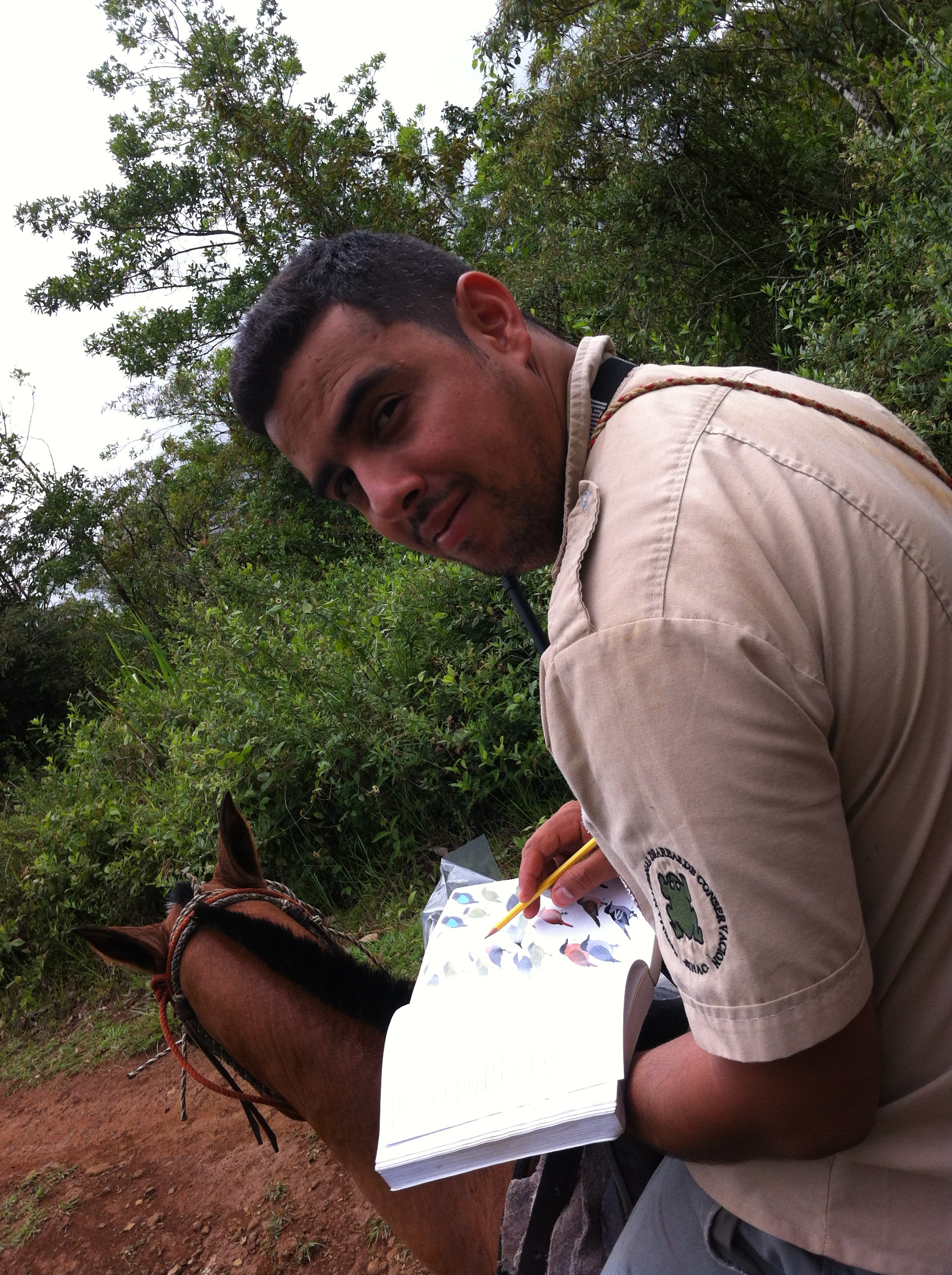 ved at the Area de Conservacion Guanacaste, six hours later, I found all the park guards and parataxonomists with Bushnell binoculars around their necks, a copy of the Birds of Costa Rica (Spanish edition) in their hands, and a frenzy of excited activity. Everyone was compiling a bird list for the last week, part of a program created by Maria Marta Chavarria and Frank Joyce to train park personnel in bird identification. Spinoff benefits included having park personnel more intimately involved in understanding the biodiversity around them, and providing a skill easily transferable to ecotourism. Another big initiative underway was selling carbon credits, originating from recently purchased land undergoing reforestation. The proceeds of the carbon agreement are to go towards funding the parataxonomists salaries for another five years, a welcome bit of job security.
ved at the Area de Conservacion Guanacaste, six hours later, I found all the park guards and parataxonomists with Bushnell binoculars around their necks, a copy of the Birds of Costa Rica (Spanish edition) in their hands, and a frenzy of excited activity. Everyone was compiling a bird list for the last week, part of a program created by Maria Marta Chavarria and Frank Joyce to train park personnel in bird identification. Spinoff benefits included having park personnel more intimately involved in understanding the biodiversity around them, and providing a skill easily transferable to ecotourism. Another big initiative underway was selling carbon credits, originating from recently purchased land undergoing reforestation. The proceeds of the carbon agreement are to go towards funding the parataxonomists salaries for another five years, a welcome bit of job security.
All is not rosy in the park, though, with a large political storm brewing over the government’s intention to cut down 1000 ha of pristine old growth tropical rainforest on the slopes of Rincon de la Vieja to build a geothermal plant, despite attempts by the ACG to find a less destructive compromise. Relations have deteriorated, to say the least. On the eve of my arrival, the government had impounded the field vehicles used by some of the parataxonomists who work with a well-known tropical biologist.
One of the main reasons for my trip to Pitilla was to sit down with the managers of the Del Oro orange company, who have let us access for the last six years a number of forest fragments embedded in their orange fields. This research has generally shown that forest fragments are not identical to intact forest in functioning and biodiversity, but are similar enough that they are important in maintaining in the landscape. Del Oro is currently using biological control on part of its lands, in an effort to reduce populations of psyllids that are potential vectors of a devastating bacterial disease, and I was able to tour their large parasitoid rearing facility that produced millions of parasitoid wasps each year.
My other reason for the trip was to take microscope photographs of bromeliad insects to supplement our growing website for bromeliad insect identification. As we look closer and closer at the insects, we are starting to see diversity within diversity; what we thought was one species of orthocladine chironomid is now at least two, possibly three, species, indistinguishable under a hand lens!
